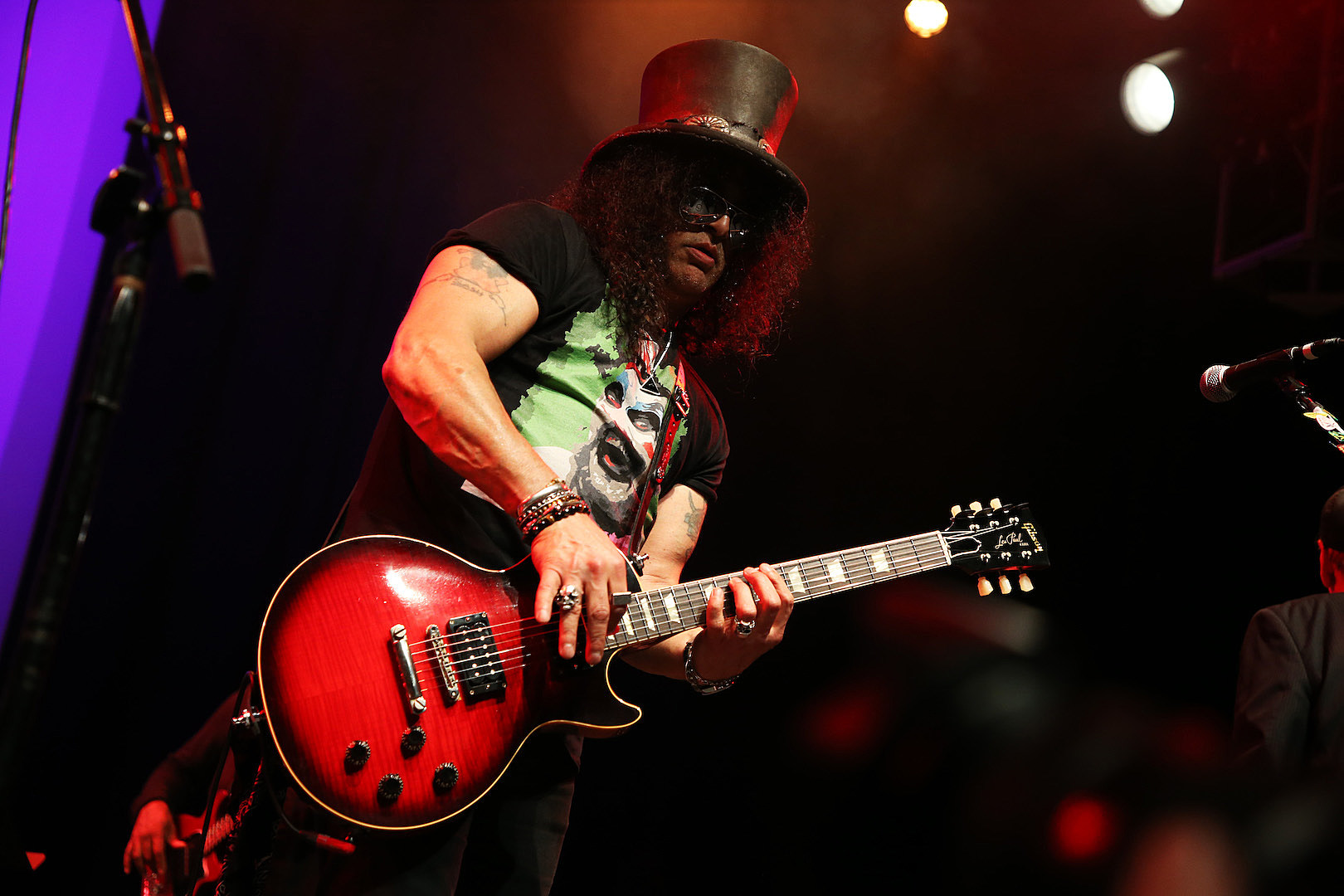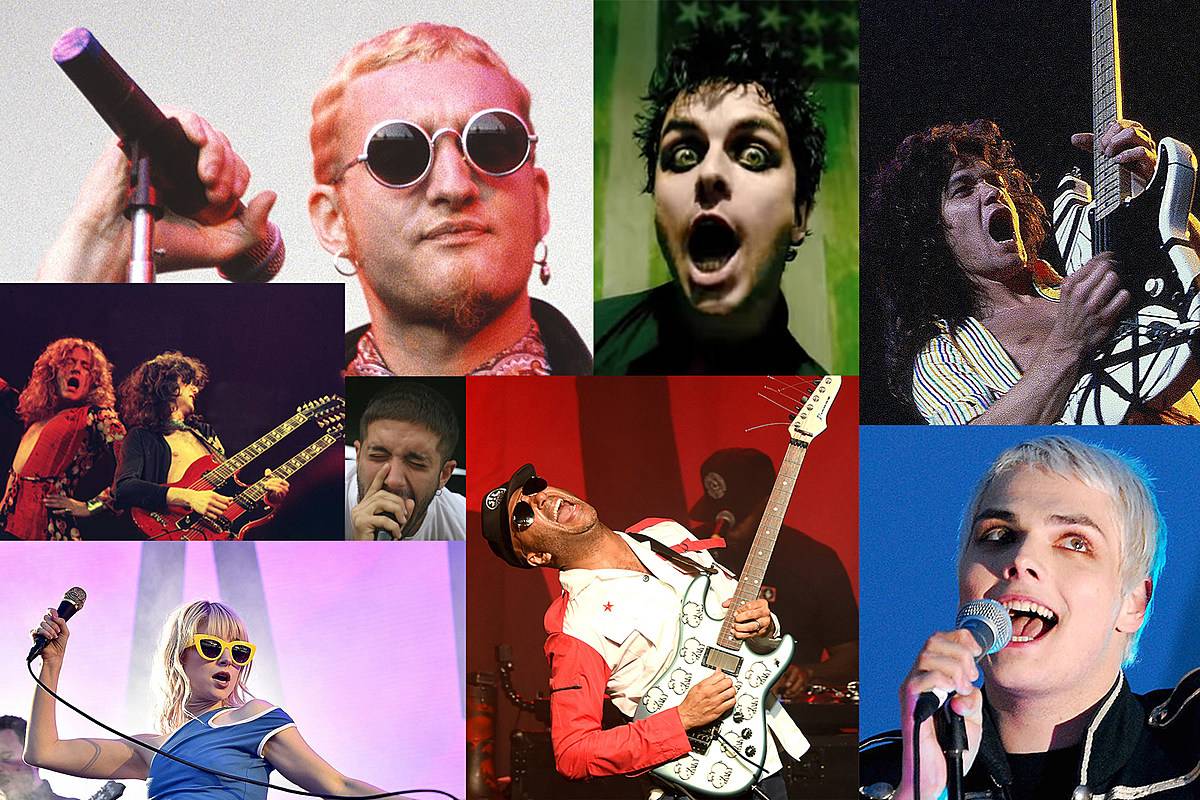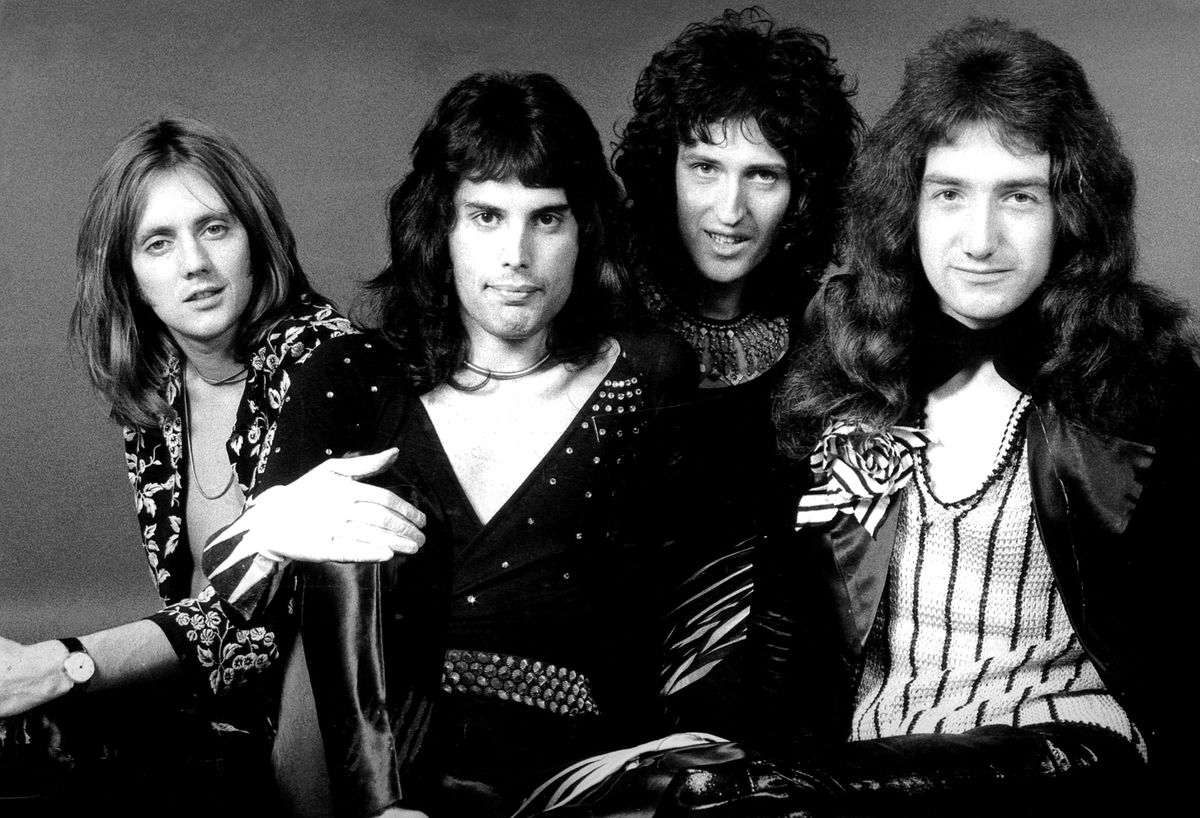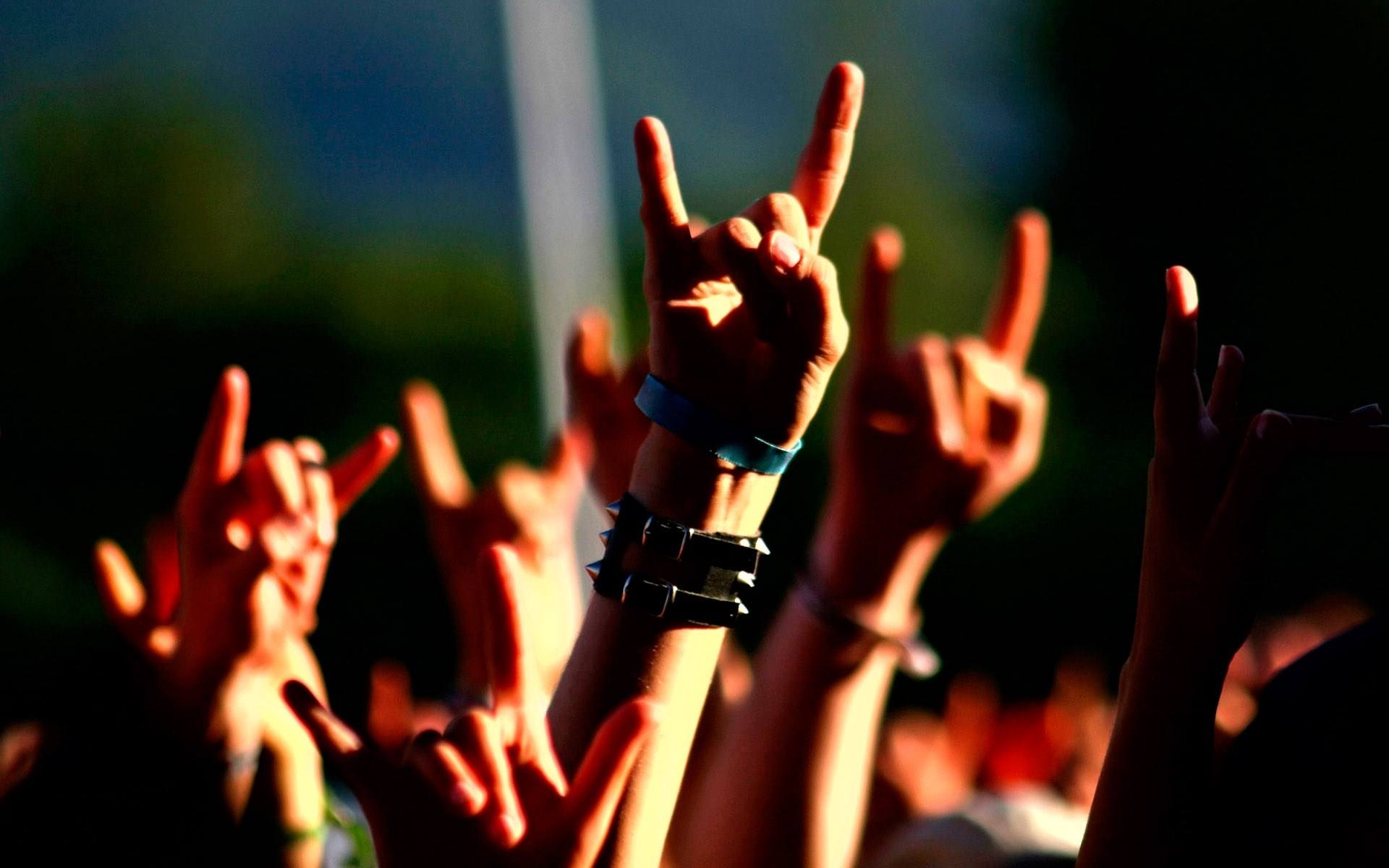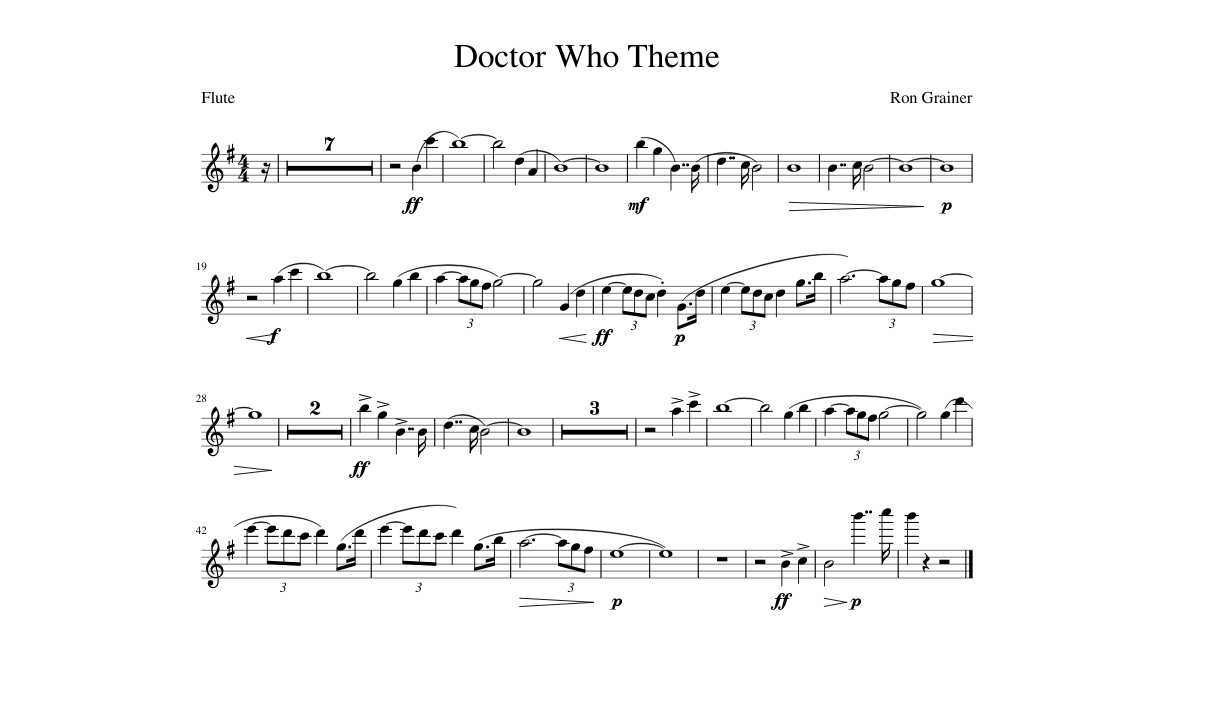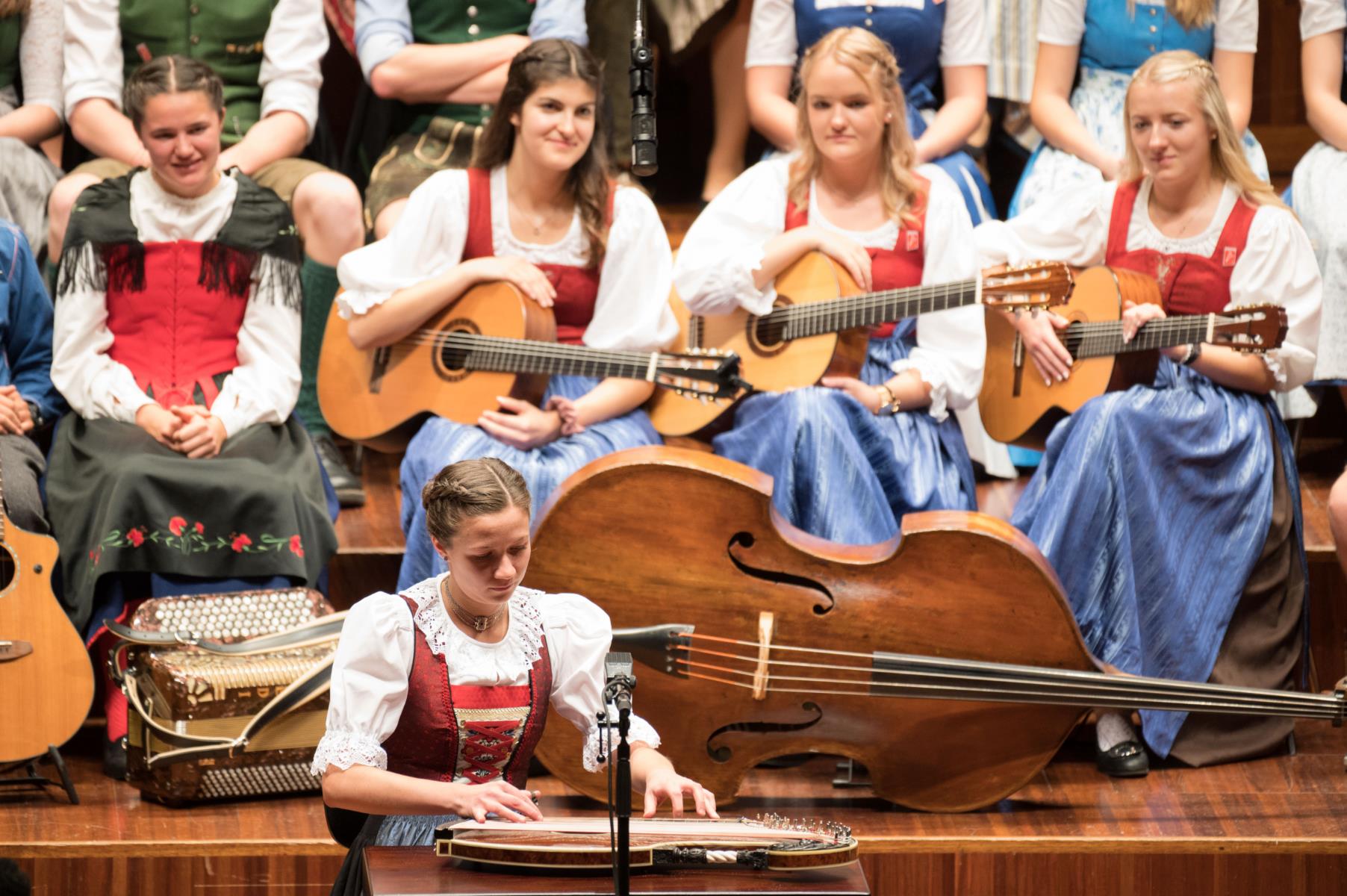Home>Genres>Folk>What Was A Common Theme Of Folk And Rock Music Created By The 1960S Counterculture?
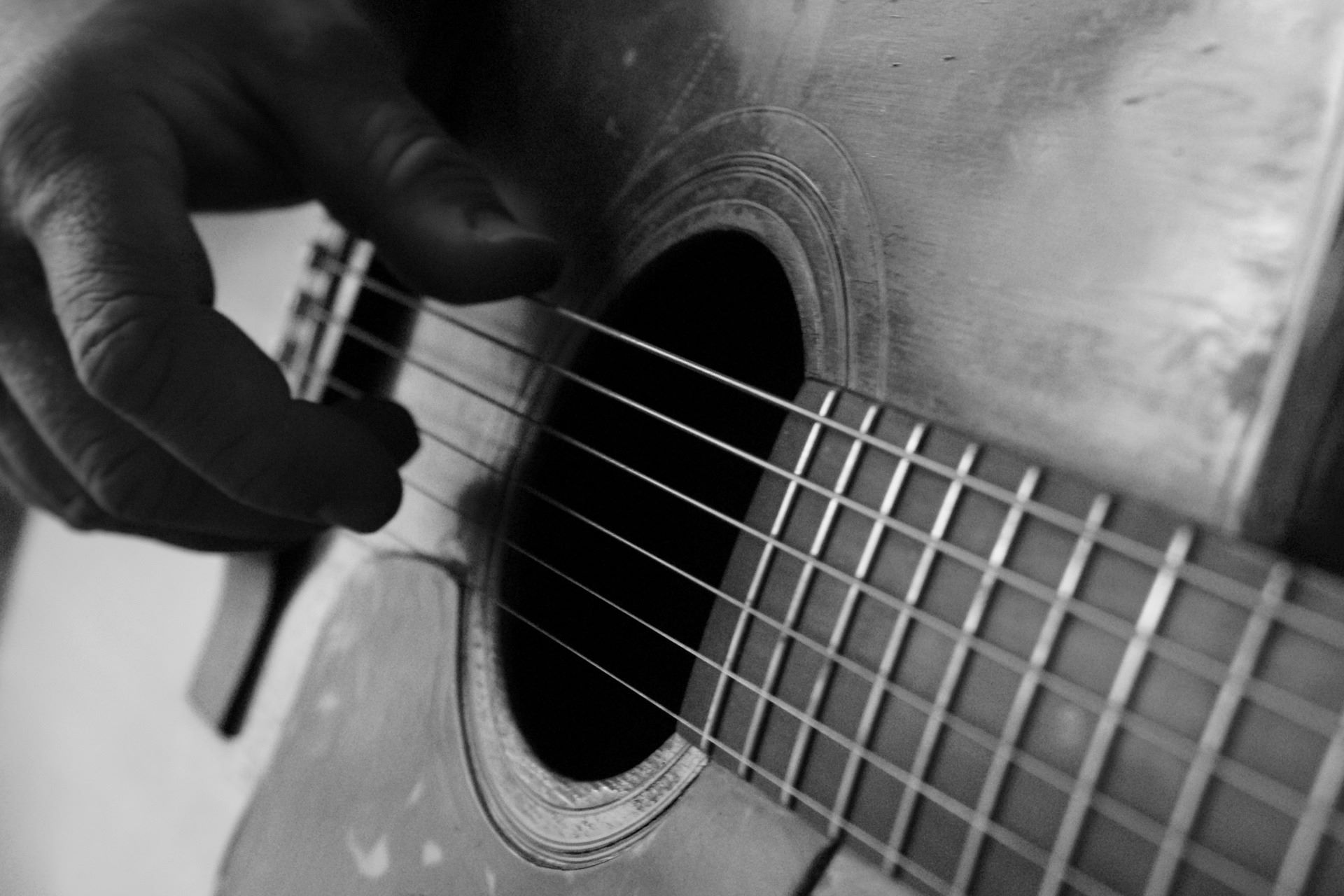

Folk
What Was A Common Theme Of Folk And Rock Music Created By The 1960S Counterculture?
Modified: January 22, 2024
Discover the common theme of folk and rock music created by the 1960s counterculture, exploring the influence of the folk genre and its impact on the revolutionary era.
(Many of the links in this article redirect to a specific reviewed product. Your purchase of these products through affiliate links helps to generate commission for AudioLover.com, at no extra cost. Learn more)
Table of Contents
- Introduction
- Cultural and Political Climate of the 1960s
- Emergence of the Counterculture Movement
- The Folk Music Scene: Protest and Social Commentary
- The Rock Music Scene: Rebellion and Individualism
- Blending of Folk and Rock Music in the Counterculture
- Themes of Anti-establishment and Social Change
- Spirituality and Psychedelic Influence
- Conclusion
Introduction
The 1960s was a tumultuous decade in American history that saw significant social, cultural, and political changes. It was a time of intense activism, protests, and a challenge to traditional norms and values. One of the most notable movements that emerged during this era was the counterculture, a subculture that rejected mainstream society and embraced alternative ways of thinking and living.
Central to the counterculture movement were two genres of music that played a pivotal role in expressing the sentiments and ideals of the era: folk music and rock music. These genres not only served as a form of entertainment but also became powerful vehicles for social commentary, protest, and the exploration of individual and collective identity.
The common themes that permeated both folk and rock music during the 1960s counterculture reflect the spirit of rebellion against established norms, a yearning for social change, and a search for personal freedom and authenticity.
Throughout this article, we will delve into the cultural and political climate of the 1960s, the emergence of the counterculture movement, and how folk and rock music intertwined to shape and reflect the ideals and aspirations of this transformative era.
Cultural and Political Climate of the 1960s
The 1960s was a decade marked by significant cultural and political shifts in the United States. It was a time of great social change, driven by events such as the civil rights movement, the Vietnam War, and the rise of feminism.
The civil rights movement was a pivotal force during this era, advocating for equal rights for African Americans and challenging racial segregation. Led by influential figures like Martin Luther King Jr. and Rosa Parks, the movement sparked widespread protests and demonstrations that called for an end to discriminatory practices.
Simultaneously, the Vietnam War was a major source of contention and division among the American population. As the war escalated, so did public opposition to it. Many young people protested against what they saw as an unjust and unnecessary conflict, fueling the anti-war movement and further contributing to the counterculture ethos.
The feminist movement also gained momentum during the 1960s with the emergence of feminist icons such as Betty Friedan and Gloria Steinem. Women across the country fought for gender equality, reproductive rights, and an end to societal expectations that confined them to traditional roles.
All of these social and political events created an atmosphere of idealism, activism, and discontent with the status quo. It was within this backdrop that the counterculture movement emerged, challenging the established values and norms of mainstream society.
This cultural and political climate set the stage for the rise of folk and rock music as potent forms of expression and resistance.
Emergence of the Counterculture Movement
The counterculture movement of the 1960s was a direct response to the social and political climate of the time. It was a youth-led rebellion against the constraints of the previous generation and an embrace of alternative lifestyles, values, and beliefs.
The counterculture movement gained momentum as growing numbers of young people rejected the mainstream ideals of consumerism, conformity, and militarism. Instead, they sought to create a society based on peace, love, and equality.
This movement was characterized by a rejection of traditional social norms and an embrace of communal living, experimentation with drugs, and a desire for personal freedom and self-expression. Countercultural communities, such as communes and hippie gatherings, emerged as spaces for like-minded individuals to come together and create their own utopian visions.
It was during this time that folk and rock music played a crucial role in shaping and reflecting the ideals of the counterculture movement. Folk music, with its roots in traditional storytelling and acoustic soundscapes, resonated with the movement’s desire for authenticity and connection to the past. Singers like Bob Dylan and Joan Baez became icons of the folk revival, using their music to express dissent and social commentary.
At the same time, rock music, with its electric guitars and energetic performances, symbolized the spirit of rebellion and individualism that defined the counterculture. Bands like The Beatles, The Rolling Stones, and Jefferson Airplane used their music to challenge societal norms and advocate for social change.
The emergence of the counterculture movement brought together people from diverse backgrounds who shared a common goal of challenging the status quo. It was a movement that sought to create a more inclusive, egalitarian, and peaceful society, and music became a powerful tool for spreading these ideas.
The Folk Music Scene: Protest and Social Commentary
The folk music scene of the 1960s was the bedrock of the counterculture movement, providing a platform for artists to express their dissatisfaction with society and advocate for social change. Folk music, with its focus on storytelling and acoustic instrumentation, became a powerful medium for protest and social commentary.
Artists like Bob Dylan, Joan Baez, and Pete Seeger became influential figures within the folk music scene, using their music to address issues such as civil rights, war, and inequality. Their songs resonated with audiences across the country, capturing the frustrations and aspirations of the era.
One of the key themes in folk music during this time was the fight for civil rights. Songs like Dylan’s “Blowin’ in the Wind” and Baez’s “We Shall Overcome” became anthems for the civil rights movement, rallying people together and giving voice to the struggle for racial equality.
Folk music also served as a platform to protest the Vietnam War. Artists expressed their opposition through songs that questioned the government’s actions and the morality of the war. Songs like Dylan’s “Masters of War” and Phil Ochs’ “I Ain’t Marching Anymore” articulated the anti-war sentiment that was pervasive in the counterculture at the time.
Another prevalent theme in folk music was addressing social and economic inequality. Artists explored the struggles of the working class, the plight of migrant workers, and the fight for labor rights. Songs like Seeger’s “Which Side Are You On?” and Woody Guthrie’s “This Land Is Your Land” captured the spirit of solidarity and the call for social justice.
The folk music scene of the 1960s provided a platform for artists to use their music as a means of conveying powerful messages, sparking dialogue, and mobilizing people for change. Through their music, folk artists gave voice to the frustrations, aspirations, and desires of the counterculture movement, making a lasting impact on both the music industry and society as a whole.
The Rock Music Scene: Rebellion and Individualism
The rock music scene of the 1960s embodied the spirit of rebellion and individualism that defined the counterculture movement. Rock music, characterized by its energetic performances, distorted guitars, and powerful lyrics, became a soundtrack for social change and a means of expressing dissent.
During this time, rock bands such as The Beatles, The Rolling Stones, and Jefferson Airplane emerged as influential voices within the counterculture. Their music fueled the desire for personal freedom and challenged societal norms.
One of the defining features of rock music in the 1960s was its emphasis on individualism. Bands and artists encouraged listeners to embrace their individuality, reject conformity, and pursue their own paths in life. This message resonated deeply with the counterculture, which sought to break free from the constraints imposed by mainstream society.
Rock music also became a platform for social critique and political activism. Artists used their music to challenge authority, raise awareness about injustices, and promote social change.
The Beatles, for example, incorporated political and social themes into their music, addressing issues such as war, racial inequality, and environmental consciousness. Songs like “Revolution” and “Blackbird” showcased their commitment to using their platform for activism.
The Rolling Stones were known for their rebellious attitude and provocative lyrics. Their songs often explored themes of social decadence, rebellion against authority, and the struggles of the working class. Tracks like “Street Fighting Man” and “Gimme Shelter” captured the frustration and disillusionment felt by many during this era.
Jefferson Airplane, a prominent band in the counterculture movement, fused rock music with psychedelic influences. Their music promoted a sense of freedom and exploration, reflecting the experimentation with drugs and alternative lifestyles that characterized the counterculture. Songs like “White Rabbit” and “Somebody to Love” became anthems of the era.
The rock music scene of the 1960s served as a catalyst for social change and individual expression. It challenged societal norms, empowered listeners to question authority, and fostered a sense of community among like-minded individuals. The impact of rock music on the counterculture movement cannot be underestimated, as it continues to resonate and inspire rebellious spirits to this day.
Blending of Folk and Rock Music in the Counterculture
The counterculture movement of the 1960s witnessed a unique blending of folk and rock music, as artists from both genres collaborated, influenced, and borrowed from one another. This fusion resulted in a rich and diverse sound that captured the spirit of the era.
Folk music, with its emphasis on storytelling and acoustic instrumentation, provided a foundation for the counterculture’s desire for authenticity and social commentary. Meanwhile, rock music, with its electric guitars and high-energy performances, symbolized rebellion and individualism. The merging of these two genres allowed for a powerful and captivating musical experience that resonated deeply with the counterculture.
One of the notable examples of this blending was Bob Dylan’s transition from a folk singer to a rock artist. In the mid-1960s, Dylan shocked his fans and the music world by embracing electric instruments and a more rock-oriented sound. This move represented a departure from traditional folk music and showcased the evolving nature of the counterculture movement.
Similarly, artists like The Byrds and Simon & Garfunkel incorporated elements of rock into their folk sound, creating a hybrid style that appealed to a broader audience. The Byrds’ iconic cover of Dylan’s “Mr. Tambourine Man” transformed the folk classic into a folk-rock anthem, demonstrating the seamless integration of both genres.
The blending of folk and rock music in the counterculture was not limited to established artists. Emerging bands and musicians also contributed to this fusion. Acts like Crosby, Stills, Nash & Young and Joni Mitchell combined folk-inspired songwriting with rock arrangements, crafting intricate harmonies and powerful melodies that captured the essence of the counterculture.
An important aspect of this blending was the sharing of themes and messages between folk and rock music. Both genres provided platforms for artists to address social and political issues, promote peace and equality, and express their discontent with the status quo. The counterculture movement embraced these values and sought to create a more inclusive and compassionate society.
Overall, the blending of folk and rock music in the counterculture allowed for a diverse and dynamic sound that reflected the spirit of the era. This fusion not only expanded the musical landscape but also contributed to the cultural and social transformation that took place during the 1960s.
Themes of Anti-establishment and Social Change
One of the prevailing themes in both folk and rock music during the 1960s counterculture movement was a strong sense of anti-establishment sentiment and a desire for social change. Both genres served as powerful platforms for artists to challenge the status quo and advocate for a more inclusive and equitable society.
The counterculture rejected the traditional institutions and values of mainstream society, viewing them as oppressive and restrictive. Folk and rock musicians embraced this sentiment by using their music to critique authority, question societal norms, and call for transformative change.
Artists like Bob Dylan, John Lennon, and Neil Young became iconic figures for their unapologetic criticism of political and social systems. Dylan’s song “The Times They Are A-Changin'” became an anthem of the era, calling for the old guard to step aside and make way for progress and equality. Lennon’s “Imagine” envisioned a world without divisions and embraced peace as a solution to societal issues.
Themes of civil rights and racial equality were also prominent in the music of the counterculture movement. Folk songs like “We Shall Overcome” and rock anthems like Sam Cooke’s “A Change is Gonna Come” addressed systemic racism and called for a united front against discrimination.
The anti-war movement of the 1960s played a significant role in shaping the counterculture, and the music of the time reflected the sentiment of opposition to the Vietnam War. Artists used their platforms to express the horrors and futility of war, with songs like Edwin Starr’s “War” and Buffalo Springfield’s “For What It’s Worth” resonating with the desire for peace and an end to the conflict.
Furthermore, the counterculture explored ideas of communal living, environmental consciousness, and the need for a more sustainable future. Artists such as Joni Mitchell and Crosby, Stills, Nash & Young brought these themes to the forefront through their music, urging listeners to embrace nature, reject materialism, and prioritize the well-being of the planet.
The themes of anti-establishment and social change that permeated folk and rock music during the counterculture movement are a testament to the power of music as a catalyst for activism and social transformation. It reflected the desire of the era to challenge the injustices and inequalities of the world and to create a more inclusive and just society for all.
Spirituality and Psychedelic Influence
Within the counterculture movement of the 1960s, spirituality and psychedelic experiences played significant roles in shaping the music and cultural landscape. These elements were intertwined with both folk and rock music, creating a profound impact on the era’s artistic expression and social consciousness.
Many artists involved in the counterculture movement embraced spirituality as a means to seek a deeper understanding of themselves and the world around them. They drew inspiration from various spiritual traditions, embracing concepts such as mindfulness, Eastern philosophy, and mysticism.
Folk musicians like Donovan and Leonard Cohen incorporated spiritual themes into their lyrics, exploring topics such as inner reflection, transcendence, and the search for meaning. Their music became a vehicle for listeners to embark on introspective journeys and contemplate their place in the universe.
Rock music, with its experimental and free-flowing nature, was heavily influenced by the use of psychedelic substances such as LSD (lysergic acid diethylamide). Psychedelic experiences were believed to open up expanded states of consciousness, leading to profound insights and spiritual awakenings.
Bands like The Grateful Dead and The Doors embraced psychedelia not only in their musical style but also in their lyrics, incorporating themes of altered perception, mystical experiences, and the exploration of inner realms. Their music became a gateway to transcendence, allowing listeners to delve into the realms of consciousness beyond the mundane.
Psychedelic rock, as a subgenre, emerged as a fusion of folk, rock, and the exploration of mind-altering substances. This genre pushed the boundaries of traditional song structures, incorporating intricate instrumentations, experimental sounds, and improvisation.
Both folk and rock artists utilized musical elements such as intricate harmonies, extended instrumental passages, and hypnotic rhythms to create a sonic experience that mirrored the transformative nature of psychedelic journeys.
The counterculture movement’s embrace of spirituality and psychedelic influences in music opened up new avenues for self-exploration, introspection, and communal unity. The fusion of these elements with folk and rock music allowed for a more expansive and transcendent musical experience that resonated with the search for higher consciousness and personal transformation.
Overall, the impact of spirituality and psychedelia on the music of the counterculture movement cannot be understated. It added depth, introspection, and a sense of otherworldliness to the folk and rock genres, contributing to the overall cultural and artistic revolution of the era.
Conclusion
The counterculture movement of the 1960s brought about a profound transformation in society, challenging established norms and paving the way for a new era of social consciousness and individual expression. Folk and rock music played integral roles in capturing the spirit and ideals of this transformative time.
With their diverse range of themes and styles, folk and rock music reflected the counterculture’s desire for social change, personal freedom, and a more inclusive society. These genres provided a platform for artists to express dissent, address political and social issues, and foster unity among like-minded individuals.
In the folk music scene, protest and social commentary were prominent themes. Artists used their songs to advocate for civil rights, question the morality of war, and address social and economic inequality. The passionate and heartfelt lyrics resonated with audiences and became anthems for the movements they represented.
Rock music, on the other hand, symbolized rebellion and individualism. It embraced themes of anti-establishment sentiment and promoted the exploration of personal freedom. Rock musicians not only challenged societal norms but also used their music to address issues of social injustice and advocate for a more equitable world.
The blending of folk and rock music within the counterculture movement allowed for a unique and dynamic sound. Artists borrowed from each other, finding inspiration and collaboration that resulted in a rich tapestry of music that reflected the diversity and unity of the counterculture.
In addition, spirituality and psychedelic influences played a significant role in shaping the music of this era. Artists drew from spiritual traditions and incorporated elements of psychedelia, creating a deeper and more introspective musical experience that mirrored the desire for transcendence and personal transformation.
The counterculture movement of the 1960s left a lasting legacy on music and society as a whole. The themes of protest, social change, individualism, and spirituality continue to resonate today, reminding us of the power of music to create change, inspire unity, and challenge the status quo.
As we reflect on this transformative era, we are reminded of the enduring impact that folk and rock music had on shaping the counterculture, inspiring generations to embrace their individuality, fight for justice, and strive for a more harmonious and compassionate world.



